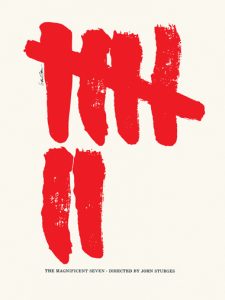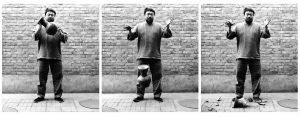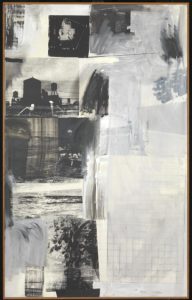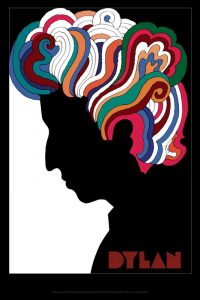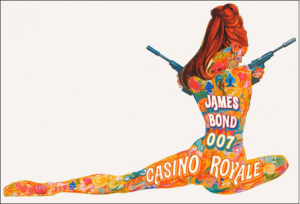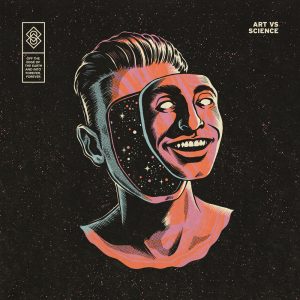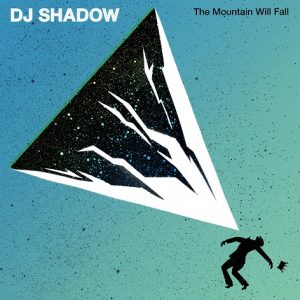Throughout the research and communication I feel that I’ve developed my talents for analyzing an artist’s work. I believe that I look at artwork in a different way that before, such as previously I would see a piece and think about the way it was done, how they would have created it and what kind how art movement the artist would have followed, But now I have a deeper understanding of what this art represents and who did/ does effect and possibly inspire. For example the counter culture essay made me realize that the art wasn’t just about style or a fashionable trend to follow, but a symbol that fought against the way the system was running, anti war and a better way for the public to express how the people of there era felt, free, experimental and passivism.
I also revisited the artist Ai Weiwei that I’ve done work on before and seen a few exhibitions that he had done, one in the RA in London and another exhibition in Greece. I love seeing his work mainly on the basis that the final result isn’t what’s spectacular, although sometimes it is, but its what each piece resembles and his thought processes behind them is what really inspires me. I wrote about his dropping of the Han dynasty pot that I actually based a project on in my art foundation where I made a replica pot from clay then, purposefully, dropped it in a crit in front of my assessors to try and relive the scene, but that attitude in his art is what really attracts my attention because he had a one million pound pot that’s two thousand years old and he smashes it for a cause that he was passionate about and a cause that needed a shocking piece of art work to show the public that it was a big issue. Although after researching him this time I realized that there is a totally other side to his art that people really dislike, and its his arrogance. I noticed that people looked at that dropping of the pot as not helping the cause he wanted to expose, but endorsing it and having no shame in destroying a historical artifact, also having a very violent approach towards it.
I feel that in conclusion the Research and development tasks have helped me creatively write and take time in researching every aspect of a topic and seeing every side to an art piece. It’s given me a better understanding on how to be a better designer in many ways but to look at thing from different perspectives. After watching ‘the happy film’ by Stefan Sagmeister in one of our early lectures I understood that to be a better that great graphic designer you have to open your mind to different experiences to really understand something and put yourself in situations that affect your standard thought processes in a way that challenges it, and personally writing isn’t my strongest asset at all in comparison to doing physical work but doing the research and development tasks has defiantly improved my ability to assess and write about artist work.



